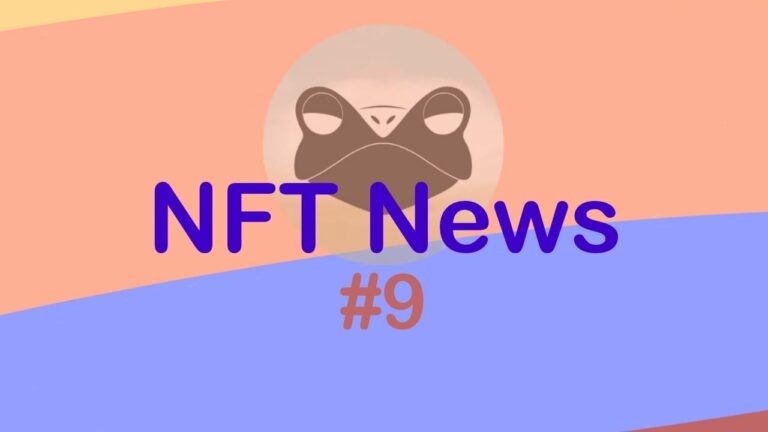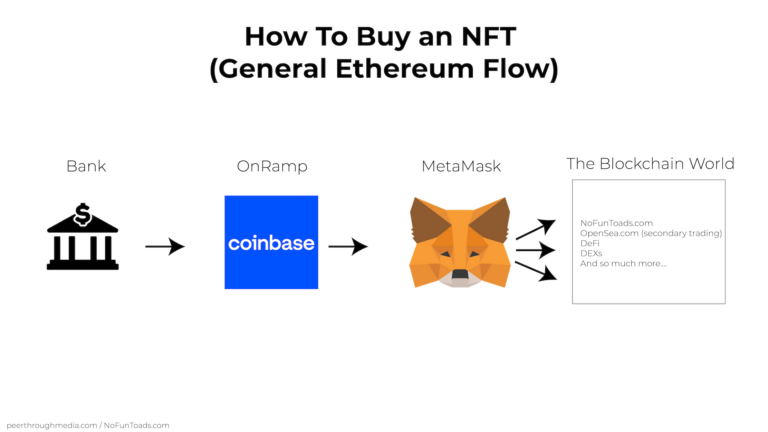FTX vs Coinbase
Crypto exchanges have been with the industry almost from the start. For the longest time they were the most profitable sector of the crypto economy and have served as critical onramp infrastructure for the market. Most people get their first crypto coins and tokens from an exchange, rather than mining or becoming a validator in a network.
Crypto exchanges, particularly FTX and Coinbase, are a very important part of the market, but not all exchanges are made equal. They are many variables when it comes to deciding what is a good exchange to use, things like:
- Trading fees
- Liquidity
- Availability of tokens
- Regulation
- Leverage provided
- Payment methods accepted
All the factors are important to make an informed decision as to which exchange to use. In this article, we’ll be comparing two of the giants in the exchange industry– FTX vs Coinbase. Both are established and recognized centralized exchange businesses.
In many ways, FTX and Coinbase are the gold standard for exchanges. They represent the top tier of the business and are able to offer services that smaller companies cannot possibly match. But let’s see how they stack up next to one another.
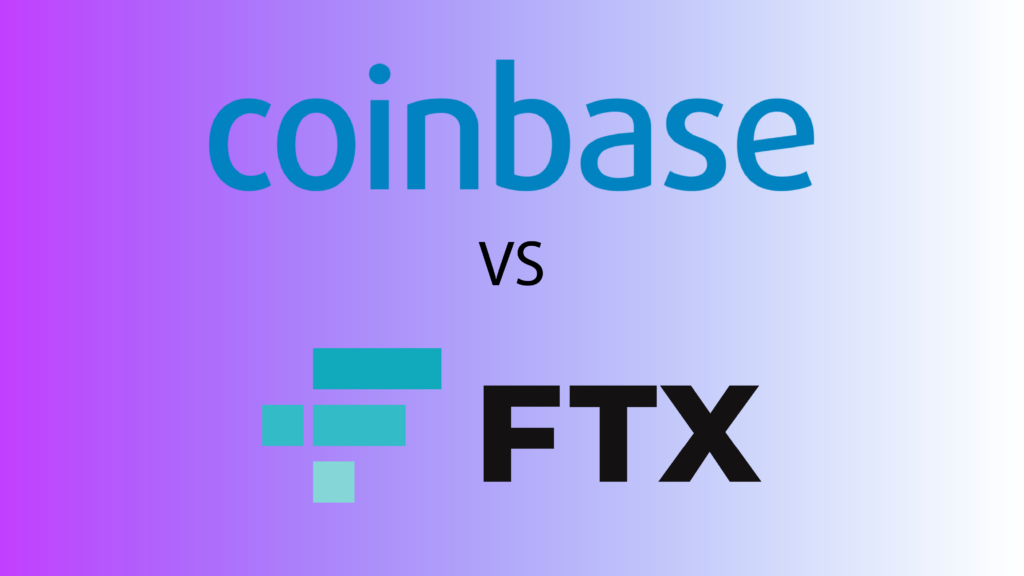
Why Trade Crypto Currencies?
To begin, this is not financial advice. You should consider seeking independent legal, financial, taxation or other advice to check how the website’s information relates to your unique circumstances.
The first question most of us have to answer is ‘why trade crypto currencies?‘ We can start with the concept of riding the wave of the future. Many people think that cryptocurrencies and web 3, rather than fiat currencies, are the future of finance. Cryptocurrecies offer a global, often fixed inflation, option compared to government controlled currencies.
Furthermore, in many countries reliable stock markets, commodities, bonds, and investment vehicles are not available to the public. The vast majority of people are stuck inside the monetary policy of their countries and don’t have access to get investment opportunitites.
With the introduction of distributed ledgers and bitcoin, the global market has opened up to basically everyone with an internet connection. This open financial system is particularly true when it comes to decentralized exchanges, but also, centralized exchanges offer an “onramp” to citizens of many countries. So let’s take a look at coinbase vs FTX.
What is Coinbase?
Coinbase is perhaps the most popular and trusted cryptocurrency onramp and exchange in the world. Coinbase was founded in June 2012, by Brian Armstrong, an Airbnb engineer at the time. Armstrong participated in Y Combinator, a startup incubator program, and received a $150,000 in seed investment from them. Additionally, Fred Ehrsam, a former Goldman Sachs trader, joined later as a co-founder.
Coinbase is the 2nd or 3rd largest crypto exchange in the market – depending on average trading volume it varies. Yet, we can say with confidence that Coinbase is among the 3 largest exchanges in the entire industry.
Coinbase solidified its status by being one of the first onramps that allowed US base customers to invest in cryptocurrency. They have pioneer many integrations like credit cards, online payments, and bank transfers that would allow regular people the ability to buy their first crypto.
After nearly 10 years, Coinbase is now a publicly traded company in the US stock exchange, with an annual revenue of around 7 billion dollars. The company is arrayed around 4 major products:
Check out our full review of coinbase product options here.
Coinbase (The App)
The “regular” Coinbase platform is an app that allows people to connect their bank account and buy and hold cryptocurrencies. The app acts as a brokerage firm that works as an intermediary between the market and the individual user. In this version of Coinbase users can: buy, sell, send, receive, and exchange any of the 107 acrypto assets supported.
Coinbase Pro
Coinbase Pro offers lower fees and a desktop UI that is more for active and professional traders. Coinbase pro supports around 250 different crypto assets. Also, the fees for trades on Coinbase Pro are a flat rate of 0.50% per trade – which in most cases is lower than the coinbase app.
Finally, as compared to just buying, hold and selling, users of coinbase pro are able to buy, sell, deposit, withdraw, trade, make stop orders, time in force orders, and limit orders on coinbase pro.
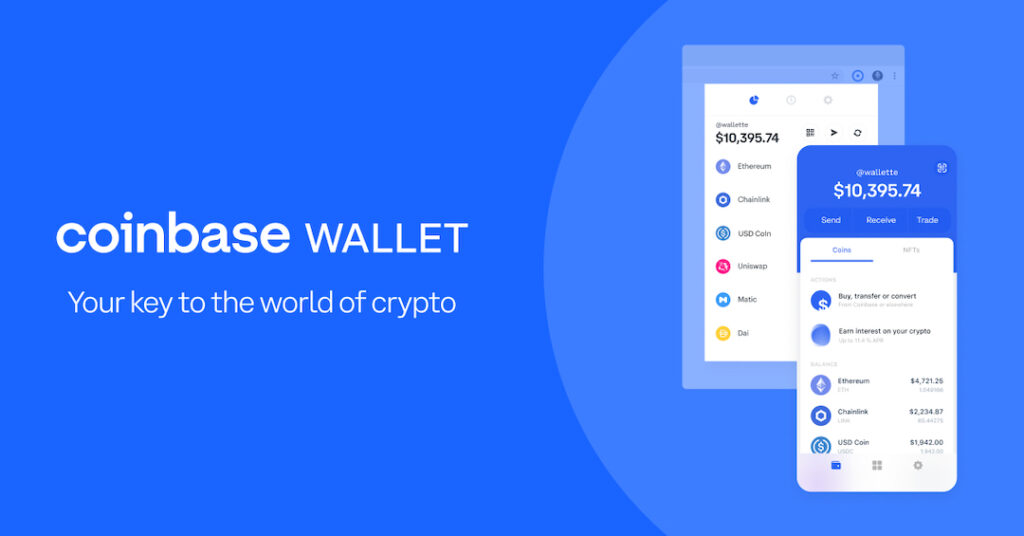
Coinbase Wallet
Coinbase Wallet is a self-custody crypto wallet that directly communicates with the blockchain. Using coinbase Wallet allows users to access nearly any ERC-20 token, use Decentralized Exchanges (DEXs) and much more. Furthermore, Coinbase Wallet gives users the private key controlling the wallet and does not have access to the funds. This means that no one can freeze or block your funds. But it also means taht you are in complete control. If you lose your password and seedphrase – no one can help you recover it. All your funds will be locked forever. ALWAYS RIGHT DOWN YOUR SEEDPHRASE AND STORE IT SOMEWHERE SAFELY. NEVER GIVE IT TO ANYONE OR THEY CAN ACCESS ALL YOUR FUNDS.
Coinbase NFT
Coinbae NFT is the newest product in the coinbase line up that is aimed at people who want to trade digital art in the form of Non-Fungible Tokens.
The site is set up almost like an NFT instagram or social network for NFT traders. For now, there are no fees for users trading with Coinbase NFT, but this will surely change in the future as the product becomes more established.
Check out our NFT calendar here.
Does Coinbase require KYC?
Initially, Coinbase didn’t require KYC to create an account. But now that has changed and every person opening an account on the platform has to do KYC. The minimum security level required to send and withdraw fiat money is level 3.
Level 3 accounts are those that have verified an email address, a cell phone number, uploaded a valid national document, and provided proof of residence to the platform. Only after completing all of those steps can a person use their local currency in Coinbase.

What is FTX?
FTX is the fastest growing cryptocurrency exchange in the market. Its was founded in 2019 in the Bahamas by one of the wealthiest crypto investors to date, Sam Bankman-Fried. His networth is estimated to be 11 Billion or more.
FTX supports around 300 different cryptocurrencies and tokens, which is one of the biggest selections among centralized exchanges in the market. The exchange has two separate businesses FTX for the global audience and FTX.us for citizens of the United States, but both are controlled by the same parent company.
FTX vs FTX.us
As we said, the business has two platforms one for global traders and the other for US citizens. This was done to accommodate the different regulations that the United States has imposed on cryptocurrency markets.
What do FTX and FTX.us have in common?
FTX and FTX.us are under the same parent company.
The two exchanges let you trade in cryptocurrencies.
The two exchanges use the same trading interface.
What is different between FTX and FTX.us?
FTX.us has less pairs available for trading – around 100 and only supports US dollar deposits and withdrawals.
FTX supports USD, EUR, GBP, AUD, HKD, SGD, TRY, ZAR, CAD, CHF, and BRL.
FTX.us is only for US citizens, while FTX.com is accessible for anyone outside that country.
FTX.com offers a 20x margin, but FTX.us only has a margin up to 10x.
Does FTX require KYC?
KYC is required since the parent company of FTX is under US regulations. Users looking to make deposits in their local currencies have to provide and verify an email address, phone number, a valid national ID, and proof of residence.
It doesn’t make a difference if the user is using FTX or FTX.us both require the same level of KYC.
What is the difference between FTX vs Coinbase?
Now that we have gone over the basic information, we can start making a comparison.
FTX vs Coinbase – Fees
The fees for Coinbase are as follows:
| Pricing Tier | Taker Fee | Maker Fee |
| $0 – 10K | 0.60% | 0.40% |
| $10K – 50K | 0.40% | 0.25% |
| $50K – 100K | 0.25% | 0.15% |
| $100K – 1M | 0.20% | 0.10% |
| $1M – 20M | 0.18% | 0.08% |
| $20M – 100M | 0.15% | 0.05% |
| $100M – 300M | 0.10% | 0.02% |
| $300M – 500M | 0.08% | 0.00% |
| $500M+ | 0.05% | 0.00% |
Source Coinbase
Let’s not forget that these fees are for regular Coinbase. Coinbase Pro runs at a rate 0.50% per trade, but only for those who have access to this specialized platform.
FTX also uses a tiered system for fees:
The one major difference is the FTT token which gives discounts to the token holders when they use the platform. The discounts follow this table:
Source FTX
The tier applies for both FTX and FTX.us
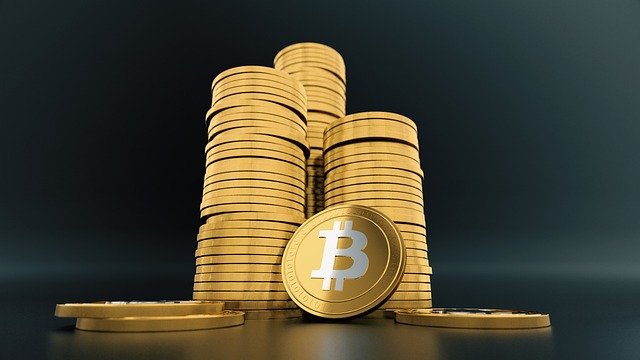
FTX vs Coinbase – Number of Cryptocurrencies Offered
The number of crypto assets of Coinbase, Coinbase Pro, FTX and FTX.us differ greatly. On the regular Coinbase, users can buy around 107 different cryptocurrencies and tokens. On the Coinbase Pro side, there are over 250 crypto assets.
FTX also has a similar split between FTX and FTX.us. FTX has one of the widest selections of crypto assets in the industry, with over 300 different crypto coins and tokens and supports multiple trading pairs in various global currencies.
FTX.us is more restricted, as it only has around 100 different crypto assets. Additionally, it only supports transactions in USD, so that limits the possible trading pairs between crypto assets and fiat currencies.
FTX vs Coinbase – Minimum and Maximum Trade Size
Both Coinbase and FTX have a minimum trade of at least 50 US dollars. In the case of Coinbase, they also have minimum trades priced in major crypto coins such as: 0.001 BTC, 0.01 BCH, 0.01 ETH, or 0.1 LTC.
In both cases, the maximum amount an individual can deposit or withdraw is 50,000 USD per day. Larger amounts require the permission of a regulatory agency and are basically outside the reach of retail investors. Normally, those larger volumes are only for institutional investors, or other financial entities.
FTX vs Coinbase – Margin Trading
Coinbase has disabled margin trading on both Coinbase and Coinbase Pro due to regulatory pressures. It’s only open to institutional investors and those entities that qualify as financial institutions.
FTX.us provides margin trading up to 10x leverage on the spot markets. To qualify for margin trading, users need to have $100,000 USD or equivalent in assets in their FTX.us account at the time of requesting access. For FTX, users also need to have 100,000 USD in assets, but margin can be 20x.
Non US users can also trade futures on Binance.
FTX vs Coinbase – Options Trading
Coinbase has no support for option trading at the moment. FTX purchased LedgerX, a futures and options exchange and clearinghouse in order to provide these services. The new division is called FTX US Derivatives and is registered with the CFTC as a Designated Contract Market.
At the moment they offer options for BTC and ETH. Calls and puts can be purchased, for BTC the minimum is 0.01 bitcoin and for Ether 0.1 ETH. Both services are provided via FTX US Derivatives and not from the regular FTX.us platform.
FTX vs Coinbase – Futures Trading
Coinbase has no support for Futures trading on their platform.
FTX has a similar restriction for futures contracts. On FTX US Derivatives, these financial instruments are restricted to the Bitcoin market with a minimum of 0.01 bitcoin. US citizens are only able to access these futures.
On FTX the futures market is much more expansive. They offer futures for basically all the trading pairs supported on the platform. Additionally, FTX offers perpetual contracts for the major cryptocurrencies on the market.
FTX vs Coinbase – Mobile App
In 2020, FTX purchased a mobile crypto app called Blockfolio. It allowed users the ability to check on a portfolio of crypto assets from their mobile phones and was considered among the best in the industry. When buying the app, FTX basically took it over and made it the basis of its own mobile platform which can be used to buy, sell, and trade crypto. It also enables users to check their holdings and view their account information.
Coinbase also has a great mobile app for their services. In fact the Coinbase app is many peoples first foray into crypto. The app has native support for Coinbase Wallet, access to Coinbase Pro., and Coinbase NFT. All the major features of the browser based platform are basically found in the mobile version.

FTX vs Coinbase – Customer Support
FTX and FTX.us have excellent support for their US and global user base. They have invested a lot of money on this aspect. Customer support is one of the main complaints in the exchange industry and FTX wanted to combat that.
FTX provides support via email, but they also answer when they are contacted on social media. They have a satisfactory track record, and have various channels open to their user base. For now, there have not been many scandals in this regard.
Coinbase has a much longer track record and has had major problems on this front. They offer email support to their global user base. For the US users, Coinbase has email and phone support.
Also, when Coinbase suffered a hack in May of 2021, where over 6,000 Coinbase customer accounts were stolen, the phone lines of Coinbase were overwhelmed. Unfortunately, during this unprecedented period many customers got a bad impression of the service. The reviews of Coinbase have been on the lower end ever since, but all and all for such a large company in a new industry Coinbase does a good job with their customer support. Coinbase customer support.
FTX vs Coinbase – Conclusion
For a US citizen Coinbase Pro. offers the widest variety of crypto assets and a fee structure is much more advantageous than what FTX.us is able to provide. However, FTX.us offers leverage trading up to 10x, which might be wildly important to some users.
On the other hand, a global audience has many more reasons to use FTX. The platform has a wider variety of crypto assets, it provides both futures and options, and also permits leverage for margin trading of 20x. In the end, the choice really depends on where you are located and what you are trying to do.

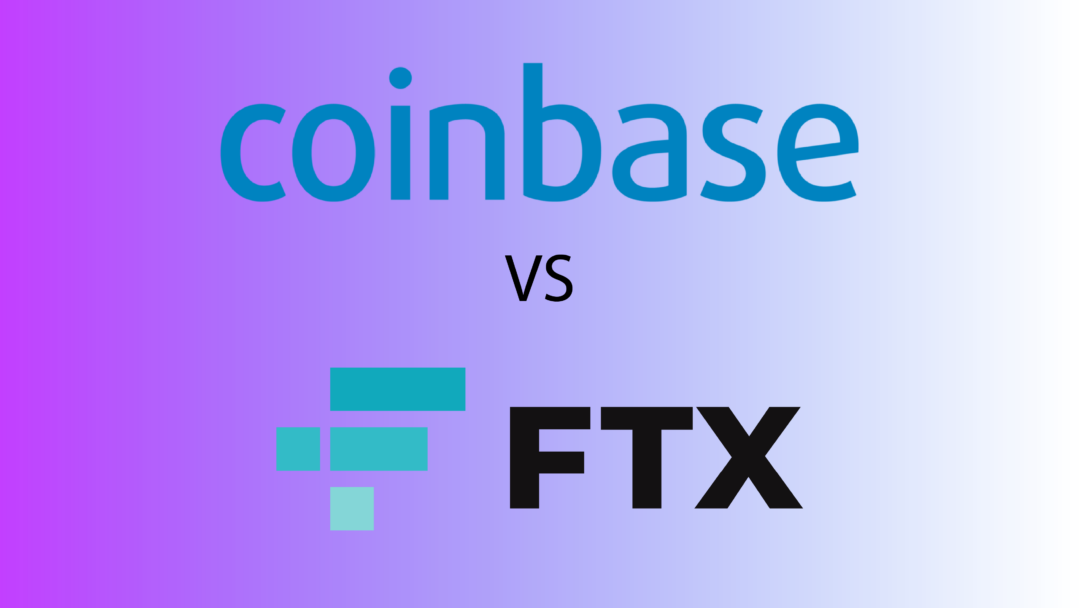
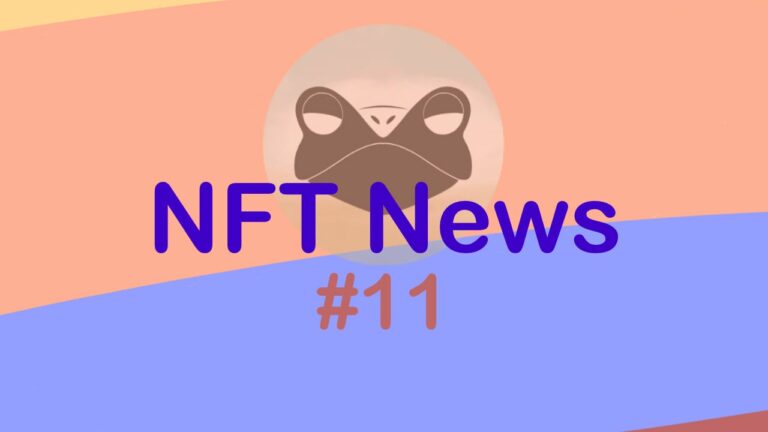

![ZenGo Wallet Review: Is ZenGo Crypto Wallet Safe [2022]](https://www.peerthroughmedia.com/wp-content/uploads/2022/12/ZenGo-Crypto-Wallet-Review-768x432.jpg)
